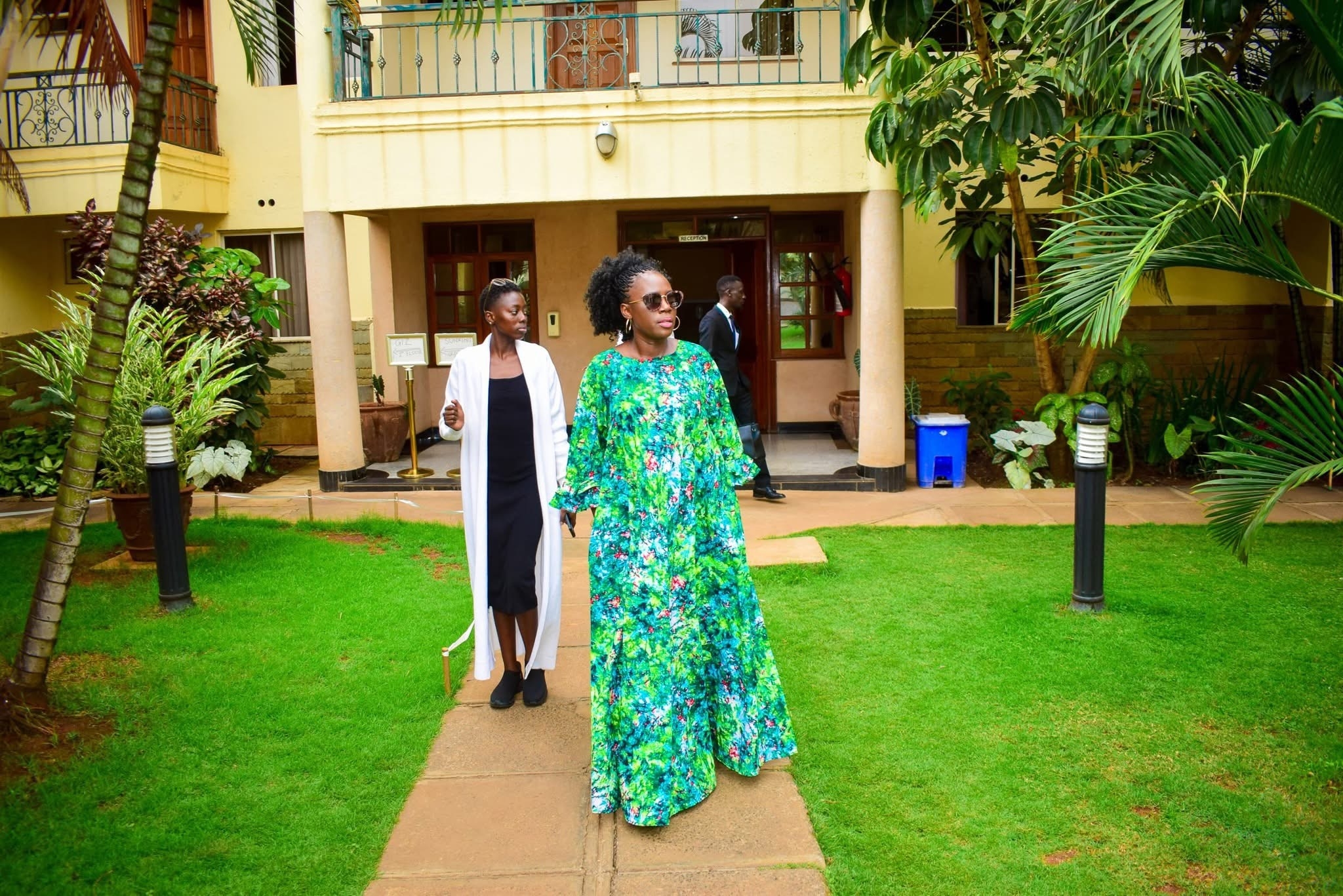A majority of Kenyans have cut down on purchase of non-essential items to remain afloat in the wake of harsh economic times, a new consumer index has revealed.
The ILAM Consumer Spending Index for the Second Quarter 2024, shows that 77 per cent of Kenyans have increased their spending on account of increased prices for goods and commodities.
This compares to the 23 percent who said that they had spent more on account of purchasing additional goods.
For the 20 per cent who reported a reduction in expenditure in the quarter, the survey shows that this was majorly driven by a reduction in the number of Items purchased.
According to ICEA LION asset management, senior portfolio manager Richard Muriithi, the Index rose by 5.5 per cent in the second quarter of 2024 driven by a rise in individual spending that offset static retail business sales trends.
“Reduction in goods being purchased may be driven by substitution for cheaper product and possibly not spending at all,” said ICEA LION asset management, senior portfolio manager Richard Muriithi.
The move to cut down on spending was majorly driven by flat incomes over the review period.
The index shows that half of respondents indicated static income levels over the last year, while 30 per cent reported lower income.
Less than 20 percent of the polled Kenyans saw their incomes rise in the second quarter of 2024 compared to the same period in 2023.
This represented a deterioration from the first quarter of 2024 when 25 percent of respondents noted increases and decreases in their income respectively.
“Respondents working in the manufacturing and education sectors had the highest proportions of improved incomes while those in the trade, transport and logistics sectors had the largest proportion of reduced incomes,” said Muriithi.
The survey further shows that individual spending trends improved by 11 per cent in the second quarter of 2024 compared to first quarter.
The additional spending was mainly driven by women and consumers aged between 26 and 35.
The rise in spending was largely attributed to higher cost of items purchased rather than an increase in the shopping basket.
In terms of socio-economic categories, the lower middle-income segment recorded the strongest improvement in spending trends in the second quarter, while the lower income segment had the biggest decline in spending trends.
Credit purchases in the country still remain low with 87 per cent of Kenyans making purchases using their own income, while only 13 percent relied on credit.
Retail business sales trends remained flat between the first and second quarters of 2024. Although large and medium-sized businesses saw an improvement in sales during the second quarter, this was countered by a decline in small and micro business sales.
Sector-wise, the clothing, retail shopping, and food & beverage sectors experienced a rise in sales trends.
However, this was offset by a significant drop in the house fittings and accessories sectors.
"Individual spending trends continued to remain resilient in a challenging economic environment while retail business sales trends remained relatively muted," said CEO of ICEA LION Asset Management Einstein Kihanda.












